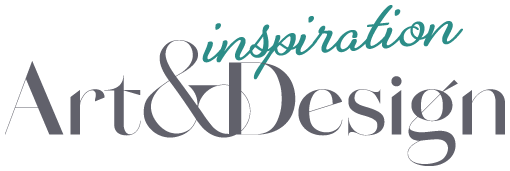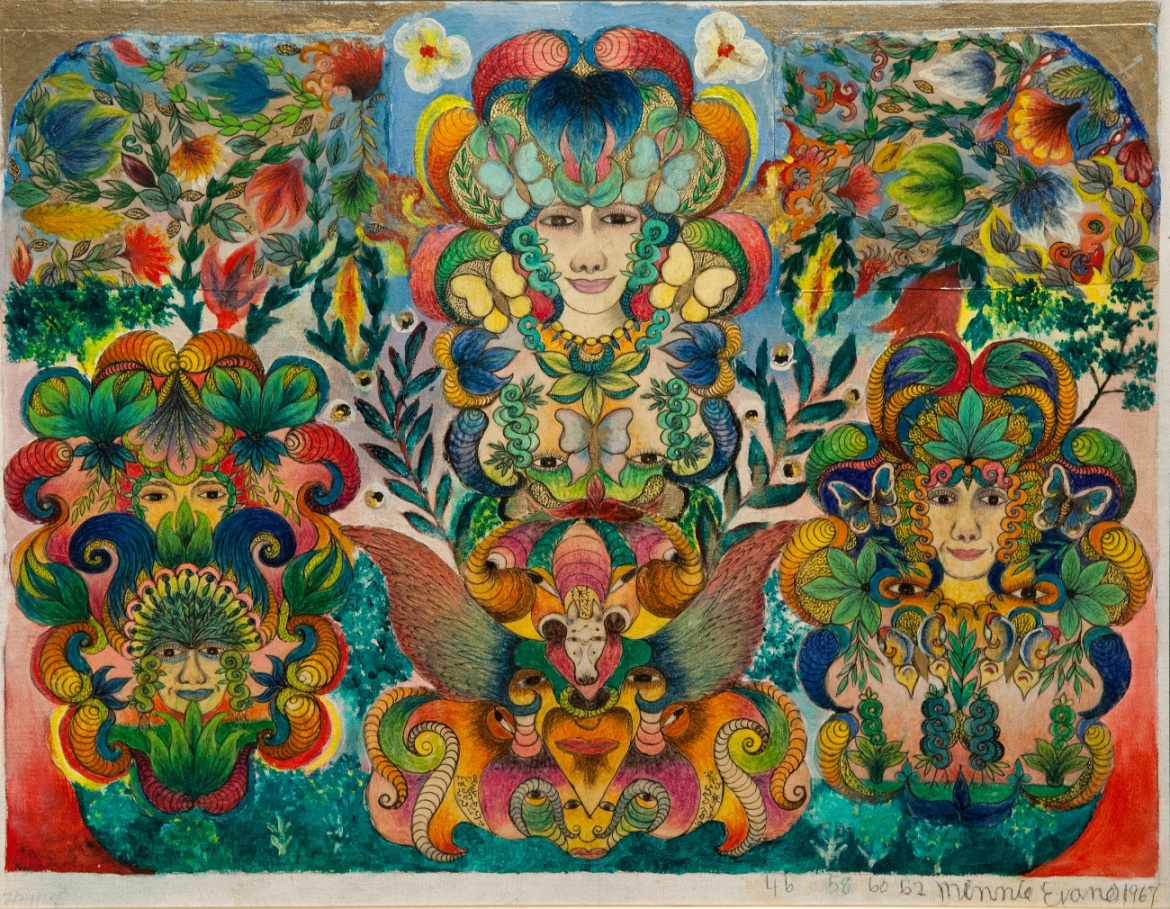Minnie Evans, born Minnie Eva Jones, was a “visionary” artist whose work was inspired by God when she was in her fifties; she was born in 1892 in Long Creek, North Carolina. Minnie’s African American ancestry traces back from Trinidad, where great grandmother’s great grandmother was a slave.
After moving to Wilmington, Minnie was forced to drop out of school in sixth grade out of economic necessity; as a young girl, she began working at Wrightsville Sound as a sounder selling clams and oysters in the neighborhood where her family lived. Minnie married Julius Caesar Evans when she was sixteen years old, and had three sons during the marriage, all who were named after Wall Street millionaires.
Minnie had a compelling spiritual experience which led to her learning how to draw in 1935. It was Good Friday when she claims to have heard God’s command telling her to draw. Following this vision, she was inspired to paint for the next five decades. After completing a second drawing the day after Good Friday, she recollected many years later that those initial works of art were made by her “subconscious doodling.” Those two works are now at the Whitney Museum of American Art.
Many of Minnie’s drawings were said to be inspired by visions from God; she used materials she had, including crayons, notebook paper, and colored pencils. Many of her compositions were symmetrical, and included angels, rainbows, birds, flowers, and butterflies. Minnie once said that, “My whole life has been dreams. Sometimes day visions. They would take advantage of me. No one taught me to paint. It came to me.”
Evans’ art was shaped by what historians call a collective whole of her experiences, which included not only her visionary imagination, but African roots, strong religious convictions, and visual knowledge of historical art and culture including Persian and Oriental.
Her work as a gatekeeper at an estate began in 1948, where she worked for 24 years. Because of the environment she worked in on a daily basis surrounded by lush gardens, trees, and lakes, her artistic skills continued to develop, as visitors to the estate would praise her work and talents. At 69 years old, Minnie’s first exhibition was held at the Little Gallery in Wilmington, North Carolina.
At the age of 89, Minnie created what has been called one of the most powerful works of art when she painted a self-portrait on the cover of a scrapbook in 1981; this self-portrait was for her children. Minnie died six years later at the age of 95.
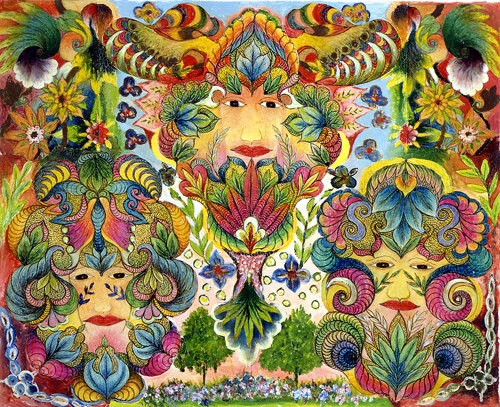
Minnie Evans (American, 1892–1987)
Collage with oil, crayon, and pencil on canvas; 22 1/4 x 26 3/8 inches
Gibbes Museum of Art, Museum purchase with funds provided by the National Endowment for the Arts Living Artist Fund (1979.019)
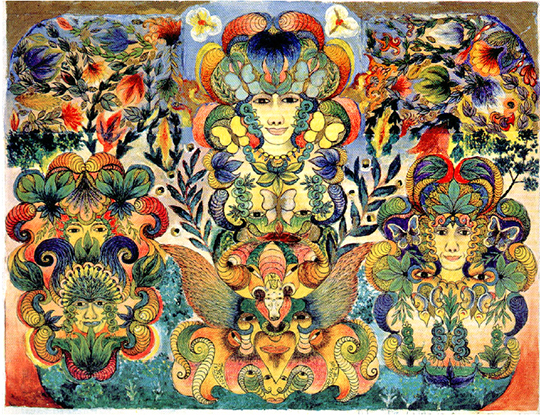
21 x 26 ½ inches, Collection Cleo F. Wilson, Photo by Cheri Eisenberg
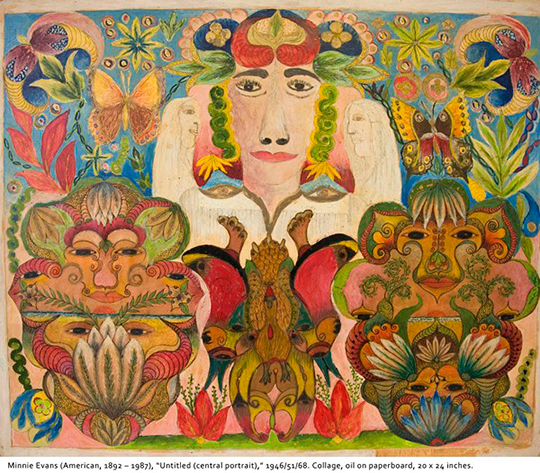
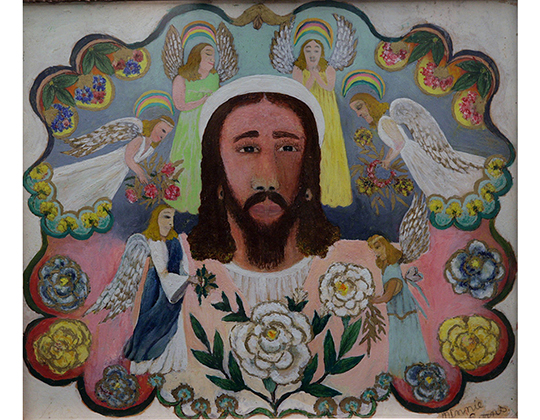
You Also Might Enjoy
